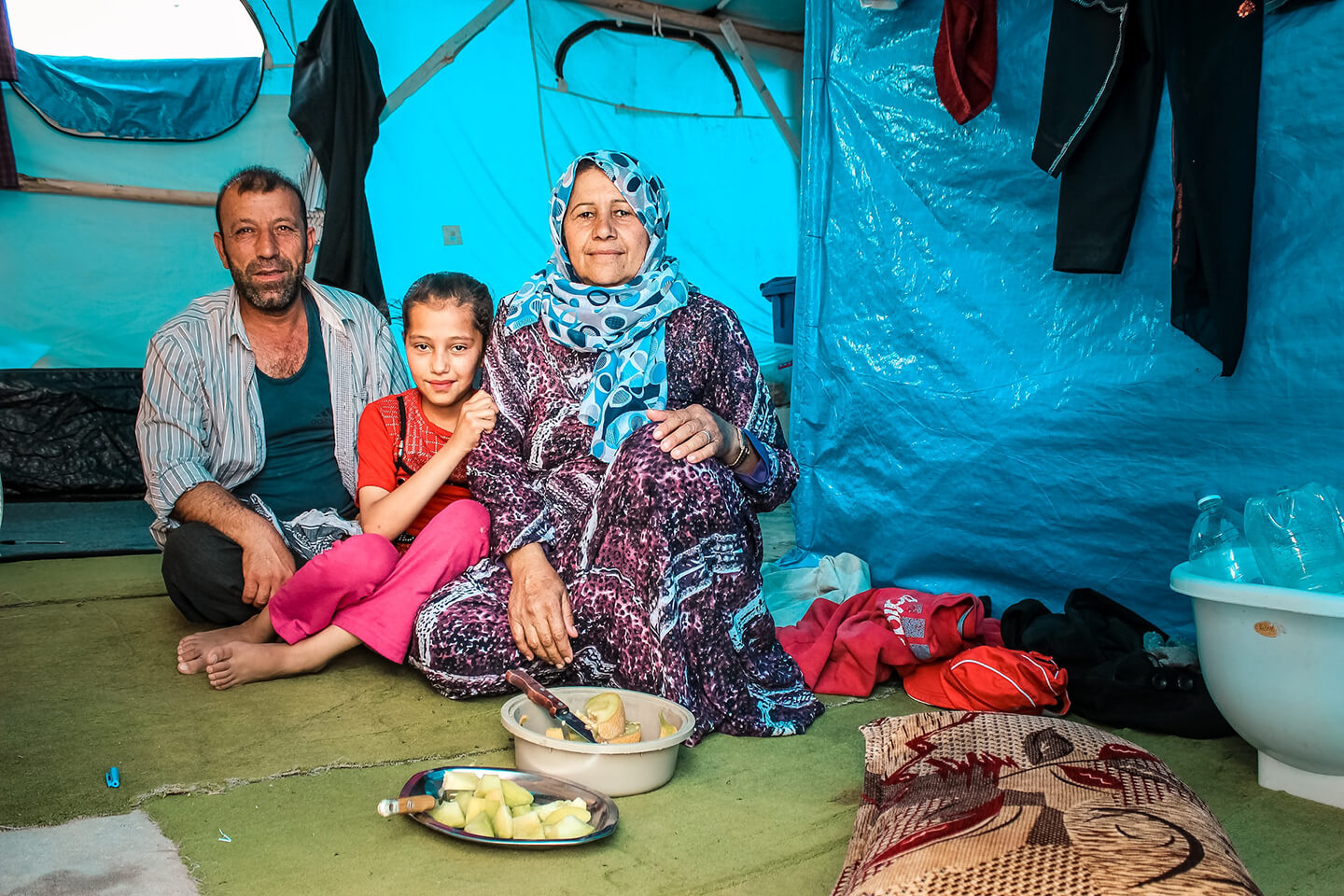Pillar 3: Good food saves lives
Good food saves lives. It is the foundation of a healthy life. Without good food, health and well-being are at risk. It must be affordable and accessible for all.
The past decade has seen a rise in the number of natural disasters, conflict and major humanitarian emergencies. Climatologists anticipate more frequent and extreme weather-related disasters. As a result, there is an urgent need for increased disaster mitigation, preparedness and response measures. Today, more than 735 million people go hungry around the world, a number which has been consistently high in recent years and increasing. Building resilient agriculture-based livelihoods and food systems in order to combat acute hunger and avoid food crises became increasingly important, even before the COVID-19 pandemic (FAO SOFI report, 2020). Humanitarian aid and assistance saves lives, alleviates suffering and maintains human dignity, but in itself and without sustainable change is not enough to win the battle many fight against and face, in acute hunger globally.
Conflict remains a major driver of food insecurity.
Loss of livelihoods and income and increases in the price of basic commodities are huge contributing factors making it hard for families to put nutritious food on the table. Furthermore, unpredictable fluctuations in the exchange (FX) rate and credit restrictions impact the ability to import and export goods, making many people’s livelihoods volatile and unpredictable. The collapse of public services and social safety nets such as access to health care, clean water and sanitation, make it even harder for many to cope and further increase their vulnerability to these shocks.

The impact of hunger and famine is such that it leaves communities broken, families torn apart and causes deaths from preventable diseases. Access to good food goes beyond alleviating food insecurity. Access to good food means ensuring people’s basic human dignity, providing for children during their critical neurological and physical development, and guaranteeing stability and security in society.
Addressing the critical needs of those most at risk
The most at risk and furthest behind, the elderly, children, people with disabilities and other marginalised groups is one of the best ways to ensure that no one is left behind in the Agenda for Sustainable Development. Effective governments and other stakeholders need to implement necessary policies and structures to help those most at risk and resist the temptations of helping those that are easiest to reach first in order to achieve fast results. Instead, allocation of resources to help those most excluded and hardest to reach should be the first port of call.
People are left behind when they lack the choices and opportunities to participate in and benefit from development progress. All those living in extreme poverty or those enduring disadvantages or depravations that limit their choices and opportunities relative to others in our society, can therefore be considered as ‘left behind’.
In the context of Good Food Saves Lives, a few non-exhaustive factors are:
- Governance: Where do people face disadvantages resulting from ineffective, unjust, unaccountable or unresponsive international, national and/or sub-national institutions? Who is affected by inequitable, inadequate or unjust laws, policies, processes or budgets?
- Socio-economic status: Who faces deprivation or disadvantages due to their socio-economic status? Who has less access to health care, clean water, sanitation, energy, social protection, the labour market and financial services, and consequently less chances to stay healthy, be nourished and educated?
- Shocks/fragility: Who is more exposed or vulnerable to setbacks due to the impacts of climate change, natural disasters, violence, conflict, displacement, health emergencies, economic downturns, pricing changes or pandemics?
Policy reforms are needed within and beyond the agricultural sector to strengthen farmer incentives to achieve sustainable productivity growth without sacrificing climate change mitigation and adaptation. Ultimately, this needs to happen at an international, national and sectoral level. And, where governments and policy makers do not exist, global organisations need to step in.